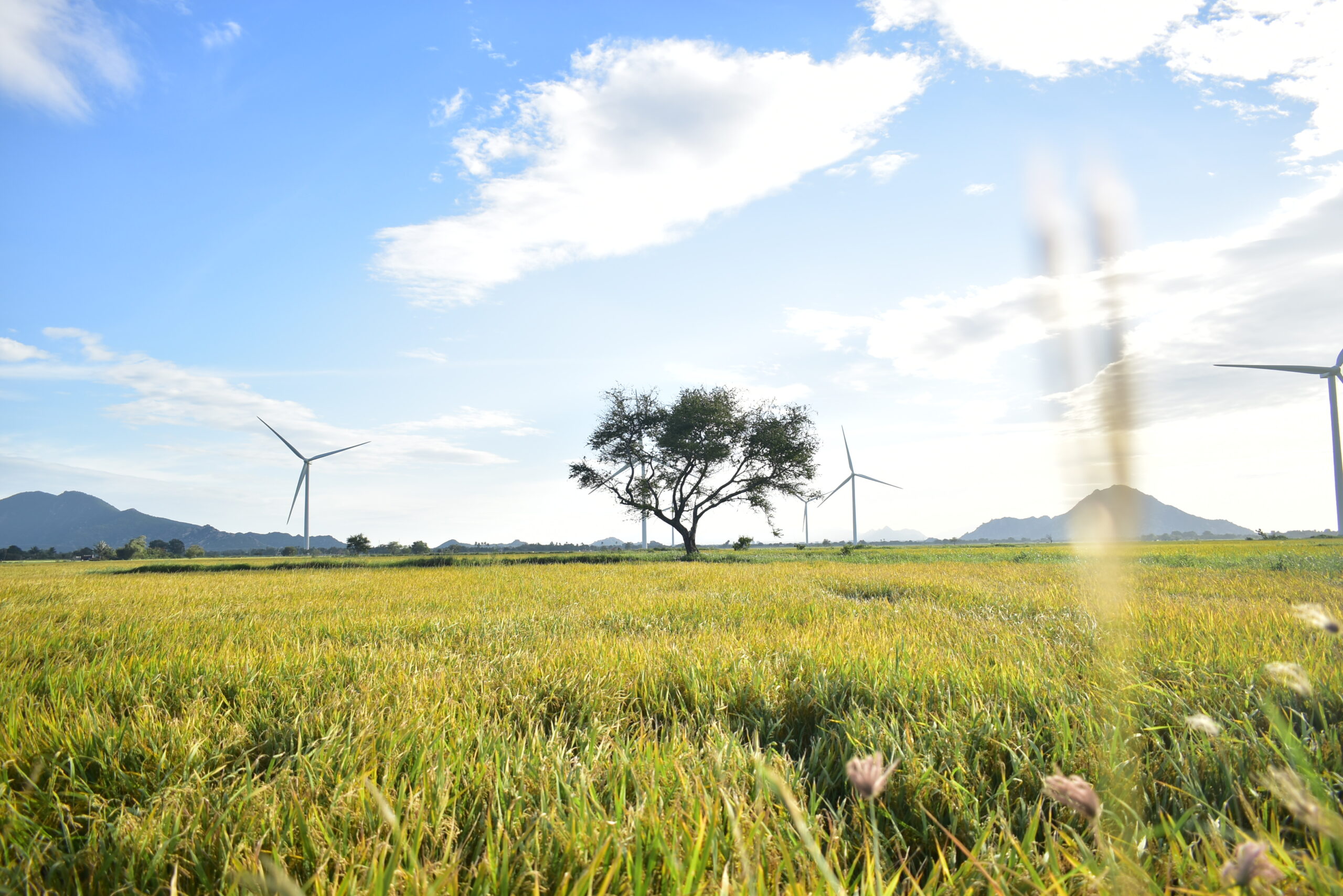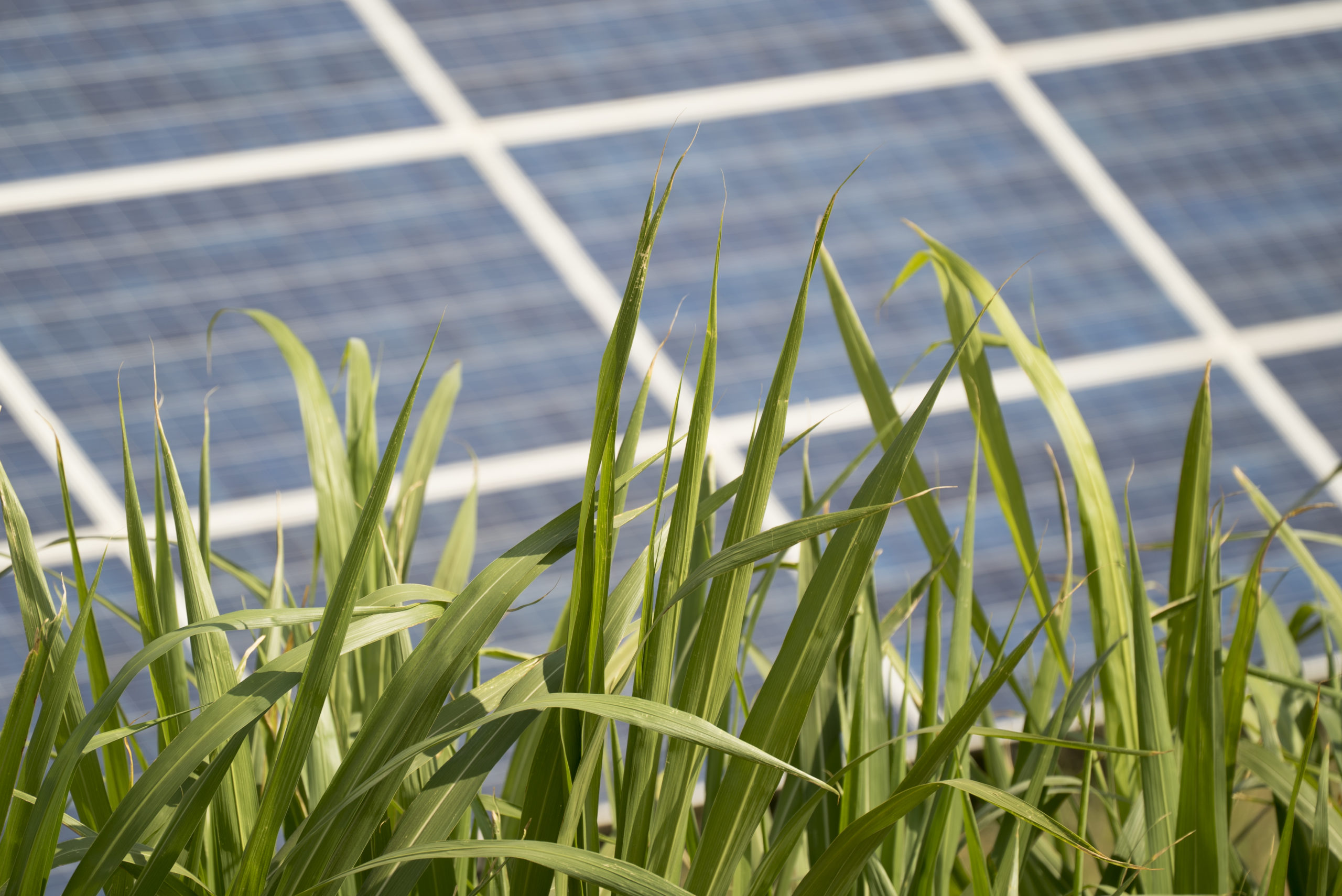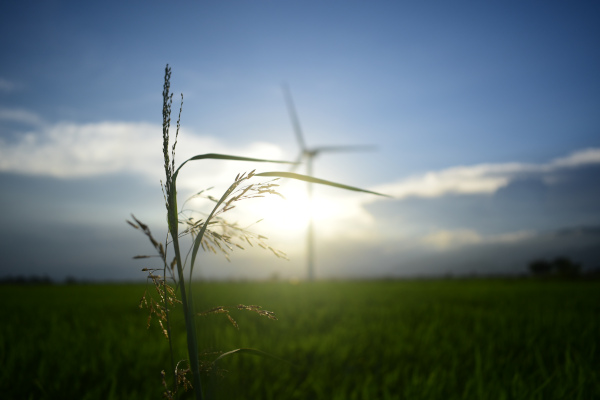Scatec works to identify relevant impacts, avoid sensitive areas where possible and implement mitigation measures to minimise impacts and restore biodiversity. We follow the precautionary principle and carry out studies such as Environmental and Social Due Diligence (ESDD) or Environmental and Social Impact Assessments (ESIA) for all projects, which may include assessing direct, indirect and cumulative impacts where relevant, to identify potential risks and mitigation measures before development.
We will not develop projects in areas where a threat to critically endangered species cannot be mitigated. We follow the mitigation hierarchy for negative impacts; avoid, minimise, restore and finally offset residual negative impacts. We aim to achieve net gain for critical habitat and no net loss in natural habitat in all our projects. Where we are not able to sufficiently mitigate impacts, we ensure additional biodiversity offsets of high quality to compensate for potential biodiversity losses.
We aim to avoid developments in forests and will not develop projects that negatively impact Intact Forest Landscapes. If we develop projects in areas where there are direct impacts upon forests, we aim to restore or plant an appropriate replacement forest equivalent to the area of forest impacted. We restore sites at end of life to ensure a comparable or better ecosystem state than before development.
During project development we use third party specialists to assess and mitigate biodiversity risk while adhering to strict requirements of the IFC Performance Standards and the Equator Principles. We review findings and incorporate mitigation measures into project environmental and social management plans (ESAP).
For all our projects, land transformation is minimised and land use optimised to lessen impact on fauna and flora. Relevant measures during construction and operations include, among other things, fencing off storage areas, keeping lighting at a minimum and allowing the free movement (migration) of small animals by maintaining migration corridors underneath perimeter fences.




